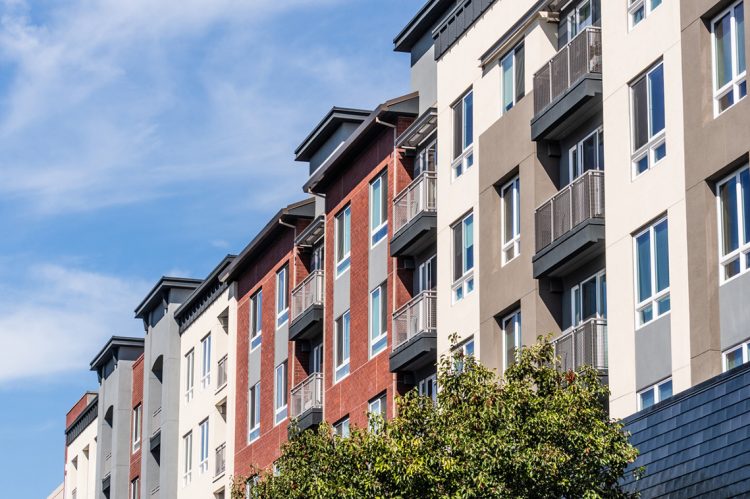As home prices have begun sinking back toward long-term price trends, rents are also reverting toward expected (and more reasonable) levels in metros across the country, according to new data, after wild increases over the past year or so.
“It is clear from the data that rents across the U.S. are reverting back to a more normal long-term trend,” said Ken H. Johnson, an economist in FAU’s College of Business, and one of the researchers who has tracked the nation’s 100 most “overvalued” rental markets across the country.
Rental prices have slowed unevenly after reaching historic peaks in the spring, driven at least partially by the same supply/demand imbalance that pushed up home prices. The long-term outlook for rental costs remains uncertain as policymakers have struggled to find a solution to long-simmering affordability issues that often stymie homeownership.
But Johnson and his fellow researchers say that the latest data is a good sign that rent burdens may be easing—though again, unevenly.
“No one can say the rental crisis is over just yet, but it isn’t getting worse, at least in some areas,” said Bennie Waller, researcher at The University of Alabama’s Culverhouse College of Business. “For example, the most recent average rent increase in Birmingham, Alabama, was 8.33%, but four months ago the increase was 10.99%. So it’s moving in the right direction.”
After watching rents skew above projections (which are drawn from long-term pricing trends), Waller, Johnson and fellow researcher Shelton Weeks, a researcher at Florida Gulf Coast University’s Lucas Institute for Real Estate Development & Finance, are now seeing 38 metros posting month-to-month declines.
But nationwide, rent costs remain 9.33% inflated above projections, and that premium still increased by 0.27% from last month, with several areas seeing rents continuing to rise quickly.
The South, and Florida specifically, has seen rents remain elevated. Seven of the top 10 most overvalued rental markets are in Florida, and only Orlando has seen its premium decrease on a month-to-month basis.
The effect of Hurricane Ian, which devastated a huge swath of Florida last month, remains to be seen as well, according to Weeks, but could contribute to more expensive rents.
“In the short term, it is reasonable to expect a continuation of our pre-Ian supply chain issues,” he said. “It most likely will be harder than ever to acquire materials and labor at reasonable prices, which will definitely exacerbate rental issues in this area of the state.”
As far as areas that are seeing some relief, El Paso, Texas, topped the list with a 1.96% month-to-month drop in rents—though that city still remains 11.17% overpriced. A handful of metros have actually begun approaching expected levels, including Spokane, Washington, which is now only 3.32% overvalued after rents fell 1.88% this month; and Minneapolis, Minnesota, only 1.37% overpriced after a fractional 0.12% drop.
But the overall market remains heavily overvalued, with 27 metros offering average rents at 10% or more above expected values, and 41 cities with 10% or more year-over-year rent increases. Six markets saw rent increases of 1% or more on a month-to-month basis, with Colorado Springs, Colorado, seeing the largest increase at 6.71%.












